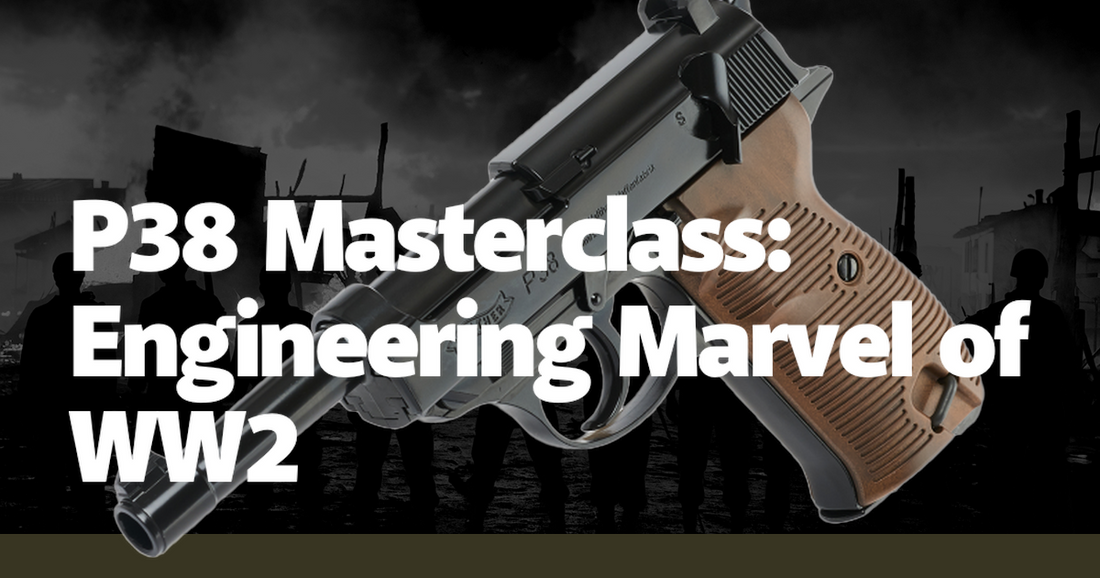The Lockheed P-38 Lightning, often referred to as the "Fork-tailed Devil" by the Germans and the "two-plane fighter" by the Japanese, stands as one of the most iconic aircraft of World War II. This twin-engine, twin-boom fighter was a marvel of engineering that played a pivotal role in the Allied victory. Designed by the legendary engineer Clarence "Kelly" Johnson, the P-38 was a radical departure from conventional aircraft design of its time. Its distinctive silhouette, with twin booms extending from the engines to the tail, made it an unmistakable presence in the skies. But it was not just its looks that set it apart; the P-38 was a versatile and formidable machine that excelled in various roles, from dogfighting to ground attack and reconnaissance.
One of the most compelling aspects of the P-38 was its exceptional performance at high altitudes. Unlike many of its contemporaries, the P-38 was equipped with turbo-supercharged engines, which allowed it to maintain power and speed at altitudes where other aircraft struggled. This capability proved invaluable in the European theater, where high-altitude bombing missions were a regular occurrence. The P-38's ability to escort bombers deep into enemy territory and engage enemy fighters at high altitudes made it a crucial asset to the Allied air campaign. Pilots often spoke of the P-38's ability to "dance" in the thin air, outmaneuvering enemy aircraft and delivering lethal firepower with its concentrated armament of four .50 caliber machine guns and a 20mm cannon.
The P-38 also earned a reputation as a deadly ground-attack aircraft. Its robust design and heavy armament made it ideal for strafing runs and bombing missions against enemy infrastructure and troop concentrations. The aircraft's twin-engine configuration provided an added layer of safety; if one engine was damaged, the P-38 could still limp back to base on the other. This resilience was not just theoretical; numerous accounts from pilots recount harrowing missions where the P-38 absorbed significant damage yet managed to return home. One such story is that of Major Thomas McGuire, one of the highest-scoring American aces of the war, who often credited the P-38's durability for his survival in numerous dogfights and ground-attack missions.
In the Pacific theater, the P-38's long range was a game-changer. The vast expanses of the Pacific Ocean required aircraft with extended operational ranges, and the P-38 fit the bill perfectly. It was in the Pacific that the P-38 achieved one of its most famous victories: the interception and downing of Admiral Isoroku Yamamoto's aircraft in April 1943. Yamamoto, the architect of the Pearl Harbor attack, was a high-value target, and his elimination was a significant morale booster for the Allies. The mission, codenamed Operation Vengeance, showcased the P-38's range, speed, and precision. Flying over 400 miles from Guadalcanal to Bougainville, the P-38s executed a textbook interception, forever etching their place in the annals of military aviation history.
The P-38 was not without its challenges and controversies. Early models suffered from compressibility issues, where the aircraft would become uncontrollable in high-speed dives. These problems were eventually mitigated through engineering modifications, but not before costing several lives. Additionally, the P-38's complex design made it more challenging to maintain in the field compared to simpler, single-engine fighters. However, the aircraft's strengths far outweighed its weaknesses, and it continued to evolve throughout the war, with later models incorporating improved engines, armament, and avionics.
The P-38's legacy extends beyond its wartime service. Post-war, many P-38s were converted for civilian use, including aerial mapping and firefighting roles. The aircraft's innovative design also influenced future generations of military aircraft. The concept of a twin-engine, high-performance fighter would re-emerge in later years with aircraft such as the F-82 Twin Mustang and the F-14 Tomcat. Moreover, the P-38's success cemented Lockheed's reputation as a premier aircraft manufacturer, paving the way for future innovations like the U-2 spy plane and the SR-71 Blackbird.
Pilots who flew the P-38 often spoke of it with a mix of reverence and affection. The aircraft's unique handling characteristics, powerful armament, and distinctive design left an indelible impression on those who experienced it firsthand. Stories of daring dogfights, perilous ground attacks, and long-range missions are peppered with anecdotes of the P-38's reliability and performance. One veteran, Colonel Charles MacDonald, who scored 27 aerial victories in the Pacific, once remarked, "The P-38 was the best damn fighter in the world." Such testimonials underscore the profound impact the P-38 had on the course of the war and the men who flew it.
In conclusion, the Lockheed P-38 Lightning was more than just an aircraft; it was a symbol of American ingenuity and determination. Its revolutionary design, exceptional performance, and versatility made it a formidable weapon in the Allied arsenal. From the skies over Europe to the vast expanses of the Pacific, the P-38 played a crucial role in securing victory for the Allies. Its legacy, preserved in museums and the memories of those who flew it, continues to inspire and captivate aviation enthusiasts and historians alike. The P-38 Masterclass is a testament to the engineering marvels that emerged from the crucible of World War II, forever changing the landscape of aerial warfare.

